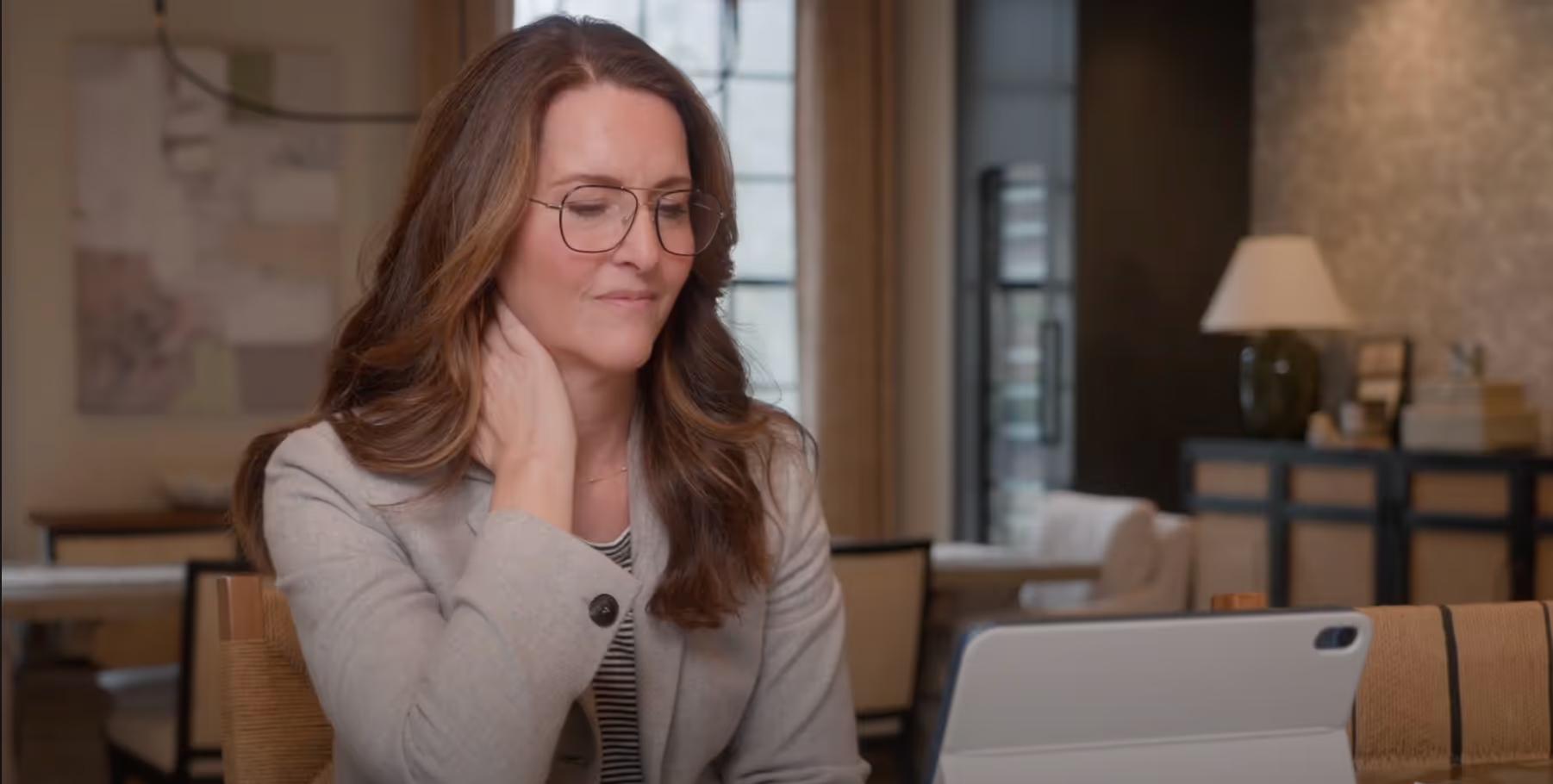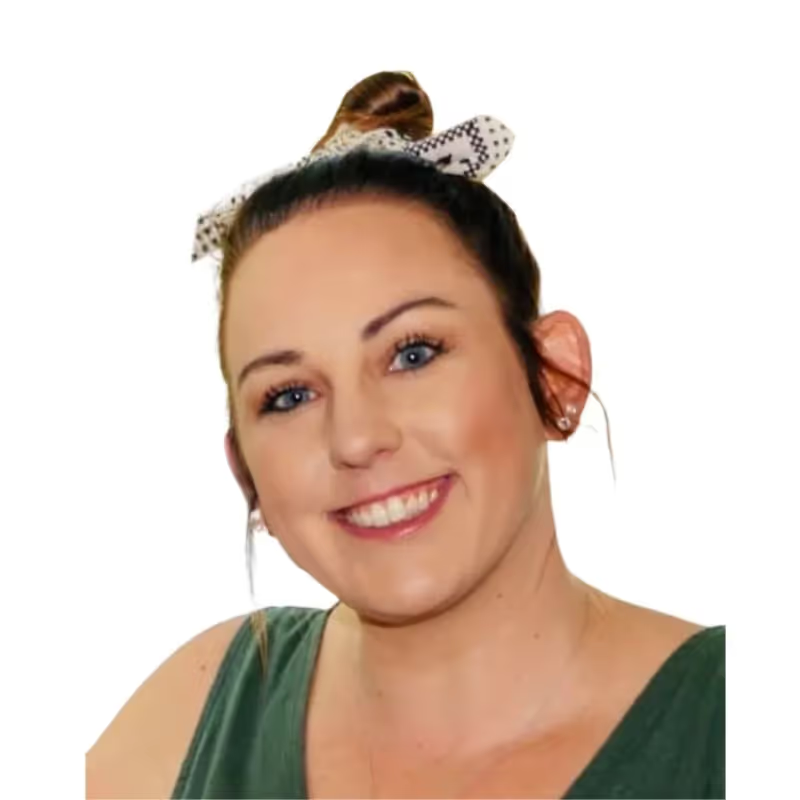As more trials begin to test intrathecal therapies (treatments that are directly injected into the spine) and monitor biomarkers in the cerebrospinal fluid (CSF), more patients involved in these trials will require lumbar punctures (LPs), more commonly known as spinal taps. It can be a bit anxiety provoking for some, so let’s take a look at how these are done and how you might feel before, during and after the procedure. The more you know, the less scary it may be!
Lumbar punctures are procedures that are used to collect CSF. CSF is the fluid that bathes the brain and spinal cord. It is normally a clear, thin watery substance. LPs can be used when we suspect an infection like meningitis, an inflammatory process involving the nervous system, some condition where we suspect increased pressure in the brain, just to name a few. In your case, an LP might be done to rule out another condition that mimics ALS if your signs and symptoms warrant it. Others might have the procedure in the setting of a trial.
An LP can be performed by a number of different doctors. Internists, ER physicians, neurologists, anesthesiologists, neurosurgeons and radiologists are a few who are experienced in the procedure. In your case, it will likely be a radiologist or a neurologist performing the tap. Many LPs are done in an office or ambulatory care setting, right by the side of your bed. In some cases, it may be done by a radiologist under fluoroscopy (x-ray guidance) if, for example, the structure of the spine needs visualization because of hardware placement or other potential obstacles.
An LP is not performed under sedation. The procedure often takes around 15 minutes but may be longer depending on what is being done. If the purpose is to remove spinal fluid for analysis, it is often this quick. If there will also be a treatment administered, then the time it takes to complete will be longer.
The patient will either lie on their side in a fetal position or have the procedure done while sitting up and bent forward with their head on a table (picture quiet time in class as a kid!). The area will be kept sterile. The physician will first feel around the spine, looking for the space between the two vertebrae where they will attempt to draw the fluid. You might feel some pressure as they do this. Next the area will be draped with a sterile cloth and prepped using sterile betadine solution. Once the area is cleaned, the physician will take a small needle and inject some lidocaine (a local anesthetic) around the puncture site. This will initially give a little pinch and sting but should quickly make the area very numb. You should only feel some pressure from here on out! The dr. will now take a spinal needle and advance it between the bones until they see the CSF come through the barrel of the needle. Several tubes will be placed under the needle and the fluid will be collected for analysis. During this time, you will not feel any pain. If the purpose of the LP was not only to obtain fluid but to also receive a treatment or infusion, there is usually several more minutes during which the medication will be administered.
Once the procedure is done, the physician will slowly and properly pull the needle out and place some gentle pressure on the site. There may be a small amount of bleeding which often stops on its own. If you are on any blood thinners, your dr. will advise well in advance if any need to be temporarily discontinued before the procedure. Once the wound has stopped bleeding (it takes about the same time as it would for your arm to stop bleeding after a blood draw), you will lie flat on your back for about an hour. We recommend this to prevent a headache.
A post LP headache is a common consequence of a spinal tap. Sometimes the dura, the outer covering of the sac that holds the CSF, does not seal up all the way after the needle is removed and a small amount of CSF can continue to leak out. This is not dangerous but can cause a pretty bad headache. The classic post-LP headache is one that is present when sitting or standing but alleviated when lying flat. If there is such a leak, it usually heals on its own. Generous hydration, caffeine and anti-inflammatories, like ibuprofen, help with the pain in the meantime. If the leak does not close, then an anesthesiologist can perform a procedure known as a blood patch, which is a simple procedure to mend the tiny tear which is causing the leak. The CSF that was taken out regenerates very quickly, usually within 2-3 hours.
Many patients wonder if the procedure can injure the spinal cord or cause more nerve injury. The puncture is done well below the level of the spinal cord. In an adult, the spinal cord ends in the upper part of the low back, just about where the ribs end. At the end of the spinal cord is something called the cauda equina (literally translates to horse tail!) and that is because this is what it looks like….a “tail” of nerve roots that descend downward and eventually make their way down to your legs. Because the needle goes in below the level of the spinal cord, there is no chance that the needle can puncture the cord or cause paralysis. Think of those nerve roots of the cauda equina swimming around in the spinal fluid. When the needle goes in at this level, it is like taking a needle and moving it through some wiggly, wet threads. It is almost impossible to damage one of those “threads” and therefore nerve damage is not a common consequence of a spinal tap.
This procedure is commonly performed across many disease states and in experienced hands, is quick and is only associated with some mild discomfort. Most people go about their usual business within the same day. The entire procedure, with all its benefits and risks, should be explained fully to you before the procedure and all of your questions should be answered. I hope this sheds some light on a very common and safe procedure.
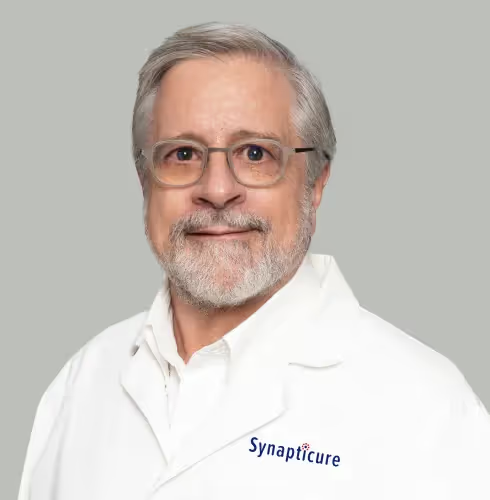

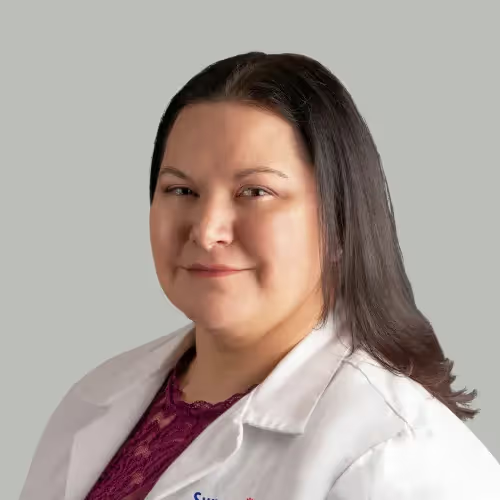



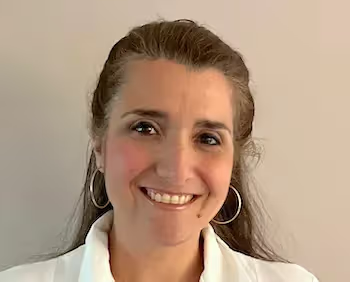





.png)
